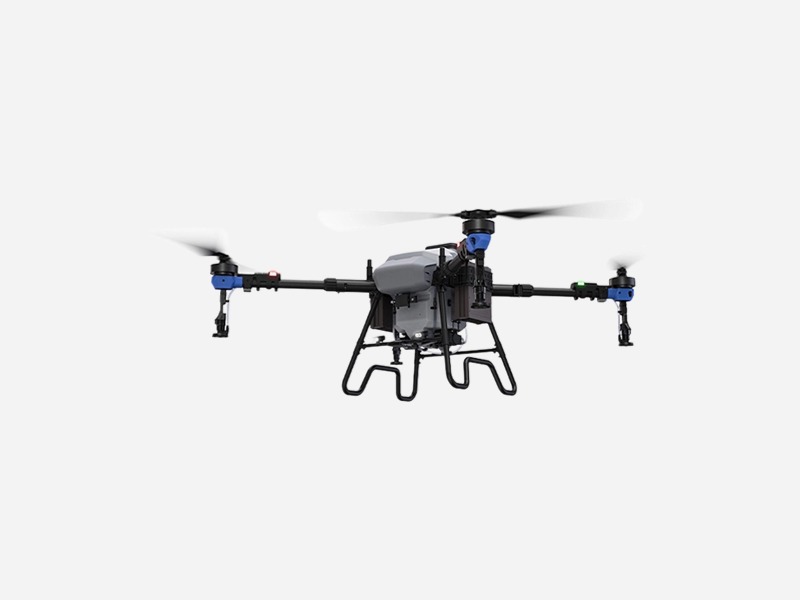Table of Contents

The integration of UAV drones in agriculture is revolutionizing the way we approach farming. As precision agriculture gains traction, these aerial devices are proving to be indispensable tools for farmers seeking efficiency and sustainability. In this article, I will search how UAV drones enhance agricultural practices while also delving into their business implications.
The Role of UAV Drones in Modern Agriculture

UAV drones have emerged as a game-changer in modern agriculture by providing real-time data collection and analysis. These unmanned aerial vehicles enable farmers to monitor crop health, assess soil conditions, and optimize irrigation systems with unprecedented accuracy. By utilizing advanced imaging technologies such as multispectral and thermal cameras, UAVs can identify areas that require attention before issues escalate into significant problems. This proactive approach not only saves time but also reduces costs associated with crop management.
Sympathy Agma-Toyar’s Contribution
Agma-Toyar has been at the forefront of integrating drone technology into agricultural practices. Their innovative solutions focus on enhancing productivity through precise data analytics derived from drone imagery. By partnering with local farmers, Agma-Toyar provides tailored services that address specific needs within various agricultural sectors. This collaboration fosters an environment where technology meets traditional farming methods, ultimately leading to improved yields and sustainable practices.
The Importance of Grain Drill No Till Techniques
No-till farming techniques are gaining popularity due to their environmental benefits and cost-effectiveness; however, they present unique challenges that can be addressed using UAV drones. The grain drill no till method minimizes soil disturbance while maximizing moisture retention—an essential factor for successful crop growth in varying climates. By employing drones equipped with sensors capable of mapping fields accurately, farmers can determine optimal planting strategies without compromising soil integrity or risking erosion.
Conclusion: Embracing the Future of Agriculture with UAV Drones
The adoption of uav drones for agriculture signifies a pivotal shift towards smarter farming methodologies that prioritize efficiency and sustainability. As we continue to search the capabilities offered by these technological advancements—such as those provided by companies like Agma-Toyar—we must recognize their potential impact on both agricultural productivity and business sympathy within the industry. Ultimately, embracing these innovations will lead us toward a more resilient future in food production.



